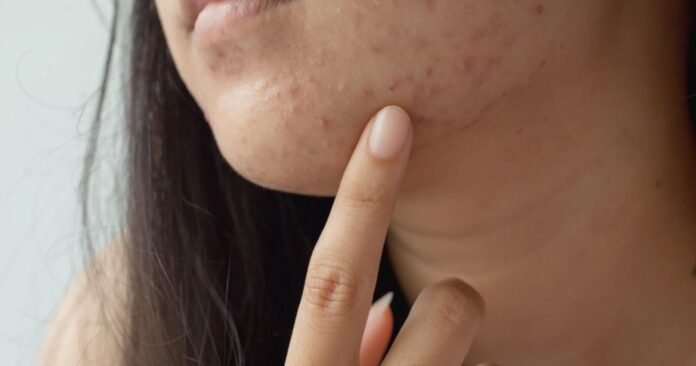Not all hair removal removes the hairs from the follicles. Rather, the hair strand is broken midway causing the end to become blunt. When this blunt end of the hair grows, it twists inside the skin’s superficial layer, leading to ingrown hair.
Such hair forms a red bump on the skin is difficult to remove, and might cause a scar because of multiple attempts at removing it. As this can be a source of distress for people, we will discuss the methods to treat ingrown hair scars in this article.
Furthermore, let us discuss what ingrown hair looks like, how to prevent it, and more here.
Table of Contents:
- Part 1: What Do Ingrown Hair Scars Look Like?
- Part 2: Do Ingrown Hair Scars Go Away?
- Part 3: Ingrown Hair Scars Treatment Options
- Part 4: How to Get Rid of Ingrown Hair Scars?
Part 1: What Do Ingrown Hair Scars Look Like?
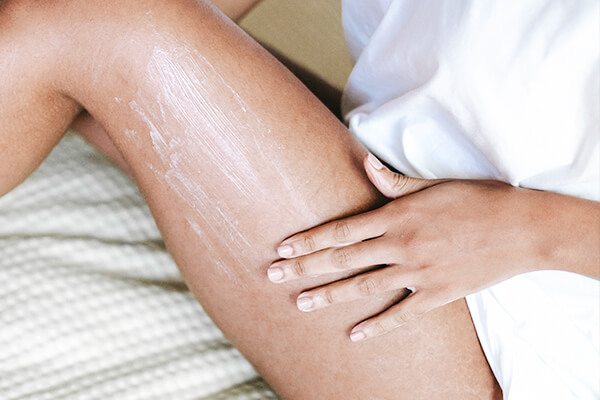 Caused by shaving, hair removal creams, and inappropriate tweezing and waxing, the first thing you will see with an ingrown hair is a bump on your skin. This bump irritates and can form a scar. Below is an explanation of what an ingrown hair scar looks like.
Caused by shaving, hair removal creams, and inappropriate tweezing and waxing, the first thing you will see with an ingrown hair is a bump on your skin. This bump irritates and can form a scar. Below is an explanation of what an ingrown hair scar looks like.
Appearance of Ingrown Hair Scars
Ingrown hair is common in the body areas with thick and curly hair around the nipples, on the back of the neck, and in the pubic area.
At first, ingrown hair is just inflamed hair follicles. However, improper treatment of these hair strands causes scarring in the area, and the scars of ingrown hair have the following features,
- Hyperpigmentation of the body area with ingrown hair scars
- The hair strand as a black point in the center of the bump might be visible
- The raised surface of the skin with a dark or discolored overlying tissue
- Enlarged and hard yet smooth bump
- Itching over the ingrown hair scar
- Progression of a simple ingrown hair scar to a keloid scar
Variation in Different Skin Types
Depending upon the type and color of the skin, the formation and appearance of ingrown hair are visible. For example, ingrown hair is more common in black people because they have coarse hair but the ingrown hair scar might not be too apparent as it matches the skin color.
That is why people with dark skin tones can try other hair removal methods.
People with sensitive and acne-prone skin get ingrown hair scars often as their skin is prone to damage. Furthermore, ingrown hair scars are more prominent on fair skin tones.
Part 2: Do Ingrown Hair Scars Go Away?
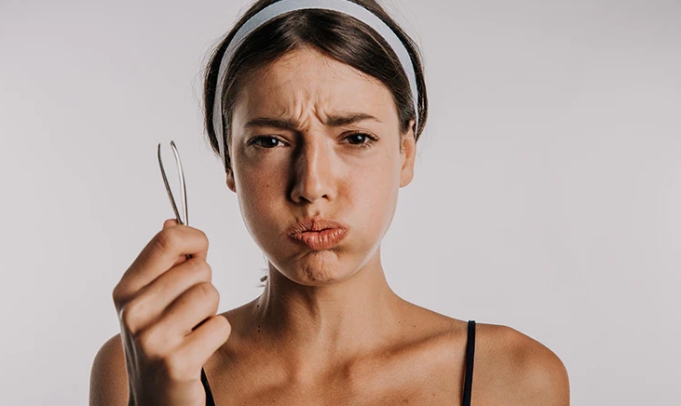 In most cases, ingrown hair scars go away. However, it also depends on how deep the scar is and how you take care of it.
In most cases, ingrown hair scars go away. However, it also depends on how deep the scar is and how you take care of it.
Natural Healing Process of Ingrown Hair Scar
Just like any other normal scar, ingrown hair scar can also heal naturally and there are mainly three phases of its healing. These are given as,
- Inflammatory phase: In this phase, the area appears red, swollen, and tender. Also, the blood supply is rich.
- Proliferative phase: In this stage, tissues divide rapidly to form a small scab-like tissue over the ingrown hair scar.
- Remolding phase: In the remolding phase, the scab tissue has fallen off and an area of discoloration is formed which takes a few months to go away.
Factors Affecting the Duration of Healing
Here are some factors that can affect the duration of healing of ingrown hair scars.
- Skincare in the form of skin cleansing, moisturization, and sun protection
- Protection of the scar from irritation and friction
- Preventing the scar from getting infected
- Diet and water intake
- Underlying health conditions like diabetes, immunodeficiency, and certain drugs
- Stress
- Smoking and alcohol intake
Permanent Vs. Temporary Scars
While most scars go away, a few might take decades and multiple treatments to heal. Therefore, the scars that go away within a few months without any specific in-office treatment are temporary.
However, scars that are large, thick, extend beyond the area of injury and are hypertrophic are mainly known as permanent scars.
Part 3: Ingrown Hair Scars Treatment Options
Let us talk about the topical and in-office procedures that help in the treatment of ingrown hair scars. Also, note that you should try these treatment options when the ingrown hair scars do not seem to go away on their own.
Silicone Sheets
To heal an ingrown hair scar, you have to protect it from further injury and skin dryness while keeping it moisturized. That is why silicone sheets are recommended for use on scar tissues.
These sheets also increase the supply of oxygen to the scar tissue. Both of these factors trigger the production of proteins like collagen that work towards the healing of scar tissue.
Retinoid Creams
 Retinoids help in the exfoliation of the skin by removing the dead skin cells and skin rejuvenation by stimulating cell division. Therefore, one of the earliest treatments tried in the treatment of ingrown hair scars is the use of retinoid creams.
Retinoids help in the exfoliation of the skin by removing the dead skin cells and skin rejuvenation by stimulating cell division. Therefore, one of the earliest treatments tried in the treatment of ingrown hair scars is the use of retinoid creams.
You just have to apply a potent retinol cream on your scar tissue at night time for 2 to 4 months. Also, it is important to consult a doctor before using retinoid creams on your own.
Corticosteroid Injections
Corticosteroids like triamcinolone acetonide have been used in the past for the treatment of hypertrophic scars and it can also be used in the present day. An injection of steroids is given directly into the scar tissue every month for almost 6 months.
The steroids enhance the healing process of the scar and reduce the scar tissue by causing vasoconstriction. Consequently, the scar goes away within a few months.
Cryotherapy
As permanent ingrown hair scars are mainly keloids, one of the best treatment options for such scars is cryotherapy. It is the use of gasses or liquids that can freeze the scar tissue.
Freezing the scar tissue to an optimal temperature boosts the removal of the hypertrophic tissues leading to smooth skin once the treatment is complete.
Chemical Peels
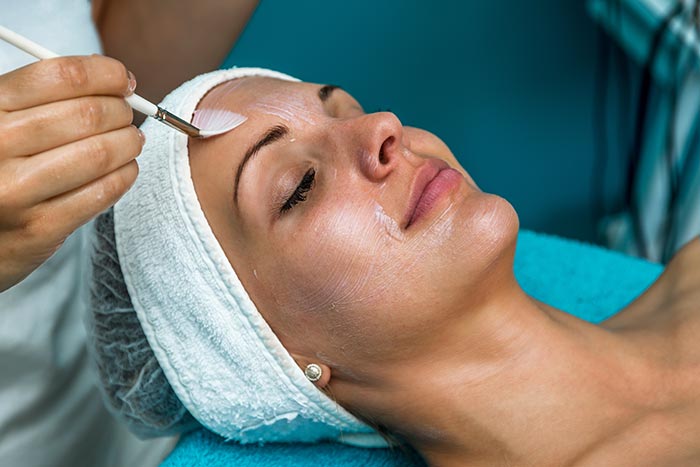 Chemical peel is the use of exfoliating chemical agents to remove the superficial layer of the skin. As ingrown hair scars are mainly embedded in the upper layers of the skin, multiple treatments with chemical peels slowly peel off the scar tissue leaving smooth skin behind.
Chemical peel is the use of exfoliating chemical agents to remove the superficial layer of the skin. As ingrown hair scars are mainly embedded in the upper layers of the skin, multiple treatments with chemical peels slowly peel off the scar tissue leaving smooth skin behind.
While you can get professional chemical peels for faster results, you can also go for at-home chemical peel solutions like the Ordinary Peeling Solution.
Microdermabrasion
At times, removal of the upper layer of ingrown hair scars can leave behind a pitted scar on the skin. Although it might not be too visible on the skin of your body, you wouldn’t want one on your face, right?
For the treatment of such pitted or flat scars, microdermabrasion comes into play. You can also try at-home microdermabrasion machine kits.
Part 4: How to Get Rid of Ingrown Hair Scars?
Here are some simple yet effective methods to get rid of ingrown hair scars at home.
Appropriate Hair Removal Methods
First things first, avoid what is giving you ingrown hair. It is a transient hair removal method, right? Plus skipping those methods will make you look like a bear. Therefore, we have another optimal hair removal method for you that kills the hair follicles instead of merely removing the hair.
It is IPL hair removal. IPL hair removal devices like Ulike Sapphire Air 10 eliminate the hair from the roots and prevent the development of scars. So, if you wonder “Does laser hair removal help with ingrown hair scars?”, the answer is yes.
Also, you can remove ingrown hair at home.
Skin Cleansing
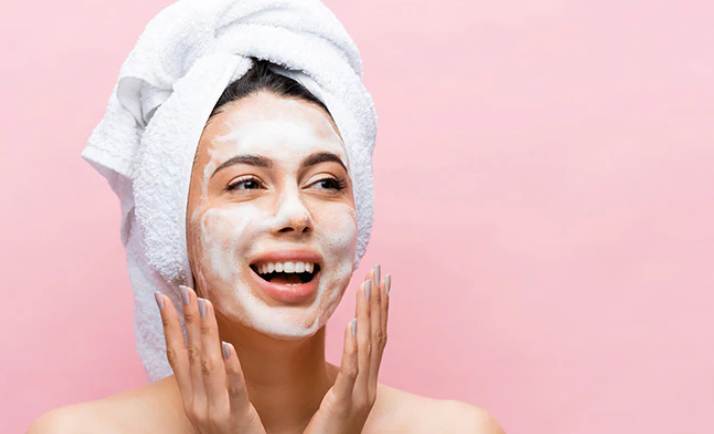 You have to prevent ingrown hair from infection. Therefore, cleanse the area with the ingrown hair gently to ensure that there are no bacteria or other microbes on it.
You have to prevent ingrown hair from infection. Therefore, cleanse the area with the ingrown hair gently to ensure that there are no bacteria or other microbes on it.
After that, the application of a warm compress can help ingrown hair come out and the skin heals quickly.
Regular Skin Moisturisation
Skin nourishment is one of the top-notch remedies to get rid of ingrown hair scars. Not only does it fasten the healing process of the ingrown hair but also fades the hyperpigmentation that comes with ingrown hair.
Also, it keeps the area moist and prevents it from itching and picking. So, use a lightweight product like aloe vera gel, vitamin C cream, onion extract gel, or body lotion with essential oils as all of these moisturizers have been shown to reduce the appearance of ingrown hair scars.
Proper Skin Exfoliation
If your ingrown hair scar is not fully matured and just started to form, skin exfoliation can prevent its formation by removing the dead skin cells and boosting collagen production that allows the skin to heal naturally.
Therefore, exfoliate your skin 2 to 3 times every week using one of the following exfoliating agents,
- AHA or BHA peeling solutions
- Lactic acid
- Salicylic acid
- Glycolic acid
What not to do While Getting Rid of Ingrown Hair
While your ultimate goal is to take good care of your skin to get rid of ingrown hair, here are some additional tips to prevent the worsening of the condition.
- Do not keep the area covered 24/7 or wear tight clothes that cause friction
- Do not touch or pick it repeatedly
- Do not try to remove the ingrown hair with tweezers and poke it again and again
- Do not let it be dry and hard for a long time
- Do not expect instant results and give your treatments some time to be effective
Conclusion
Ingrown hair, if not taken care of optimally, can lead to scarring in the area with ingrown hair. These scars add an ugly look to your skin making you want to get rid of them at every cost. The good thing about such ingrown hair scars is that they go away with proper home remedies and in-salon treatments.
Furthermore, IPL hair removal methods remove the hair from the roots and reduce the risk of ingrown hair significantly. Lastly, if you have stubborn ingrown hair scars, it is best to consult a dermatologist and treat it accordingly.

 By Mariela
By Mariela






